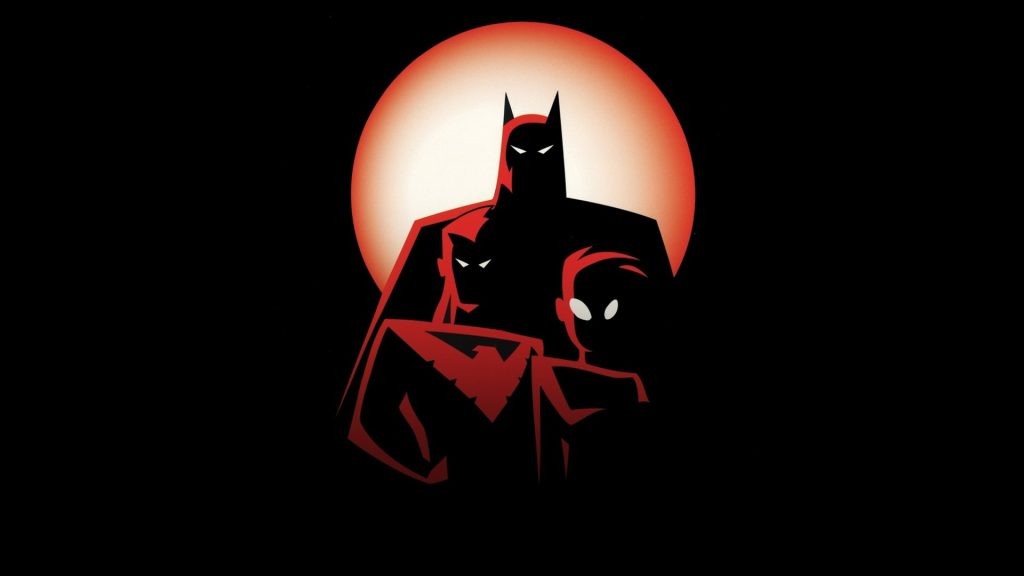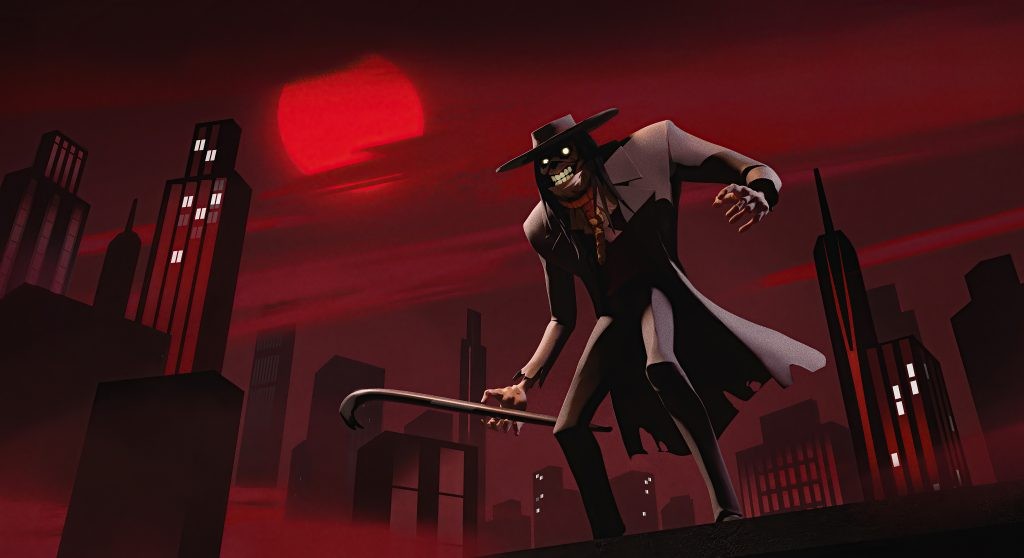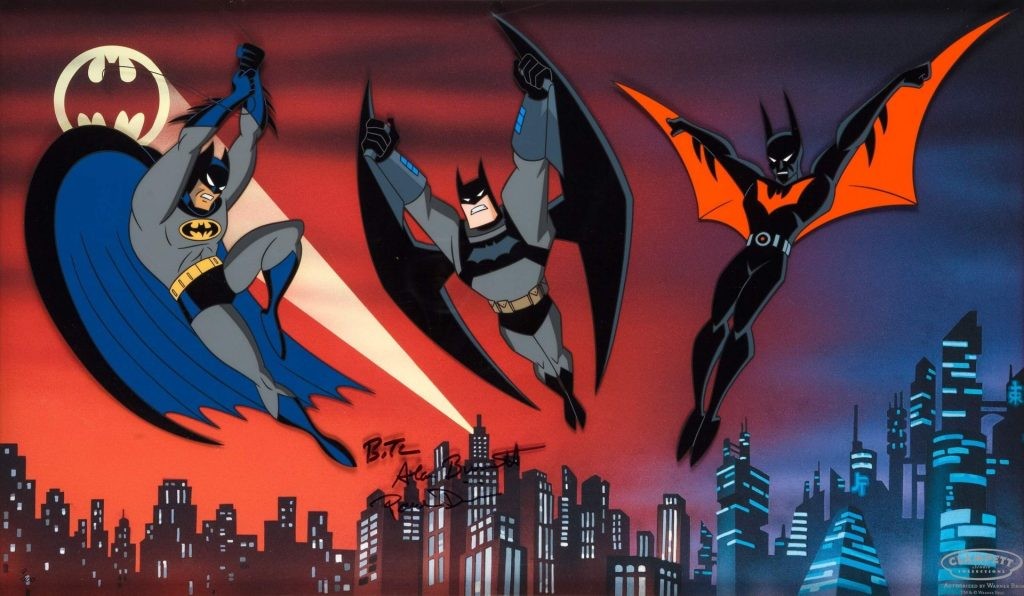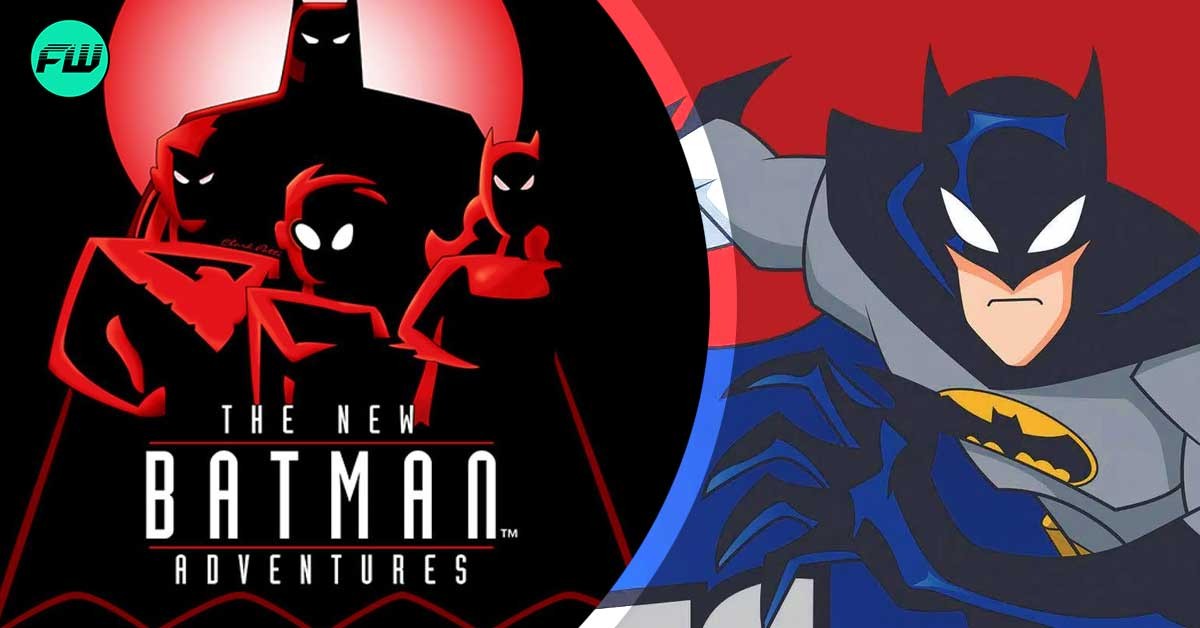When it comes to iconic animated adaptations of the Caped Crusader, Batman: The Animated Series (BTAS) stands as a monumental achievement. However, its successor, The New Batman Adventures (TNBA), released in 1997, took the foundation laid by its predecessor and elevated it to new heights. With its updated visual style, enhanced character development, mature storytelling, darker tone, improved action sequences, and lasting influence, TNBA solidified its place in the hearts of Batman fans as a definitive portrayal of the iconic superhero. This article delves into why TNBA is considered the superior animated Batman series, highlighting its improvements over BTAS and its lasting impact on the Dark Knight’s legacy.
Also Read: The Evolution of Joker’s Horrific Look: A Visual Analysis in Comics
The Visuals

TNBA introduced a fresh approach to character design, updating the looks of both heroes and villains. The characters’ appearances were streamlined and simplified, giving them a more modern and dynamic aesthetic. Batman’s costume, for example, became sleeker and more angular, reflecting a more agile and contemporary version of the Dark Knight. This design change allowed for smoother animation during action sequences and contributed to the overall kinetic feel of the series.
While BTAS had a unique art deco style that drew inspiration from the 1930s and ’40s, TNBA took a more contemporary approach. The animation style in TNBA was influenced by the evolving trends in comic book art during the late 1990s. The characters’ movements became more fluid, and the action scenes gained a heightened sense of energy and momentum. The animation quality improved, allowing for more dynamic camera angles and intricate detailing in both characters and backgrounds. These changes collectively contributed to TNBA‘s distinct visual identity, capturing the essence of Batman while embracing the evolving artistic sensibilities of the late 1990s.
The Character Development

TNBA placed a significant focus on the expansion of the Bat-family, giving characters like Robin (Tim Drake), Batgirl (Barbara Gordon), and Nightwing (Dick Grayson) more prominent roles. This allowed for the exploration of their growth and evolution as crimefighters. Robin, for instance, evolved from a sidekick to a capable and independent hero, dealing with the challenges of adolescence while honing his skills under Batman’s guidance. The interactions between Batman and his allies became more layered, reflecting their growth and the challenges they faced. For example, the tension and eventual reconciliation between Batman and Nightwing demonstrated the complexity of their bond as a mentor and former sidekick in the episode Old Wounds.
TNBA delved into the backstories and motivations of various villains, humanizing them beyond mere antagonists. Characters like Mr. Freeze and Two-Face were given episodes that explored their tragic origins, fostering empathy for their circumstances. This approach added complexity to the rogues’ gallery, making them more than just one-dimensional evildoers. While some villains in TNBA were given opportunities for redemption and growth. Characters like Clayface and Harley Quinn showed moments of vulnerability and remorse, allowing the audience to see different facets of their personalities. This nuanced portrayal added layers to their characters and challenged the black-and-white dichotomy of hero and villain.
Darker and Edgier Tone

TNBA tackled mature themes that were often absent or subdued from other cartoons airing at the time. The series addressed issues such as loss, trauma, revenge, and the moral ambiguity of crime-fighting. This allowed for more thought-provoking and emotionally resonant storytelling that appealed to a wider range of audiences, including adults. TNBA used its darker tone to address social issues and commentary. Episodes like Legends of the Dark Knight explored the various interpretations of Batman throughout history, touching on the societal perception of heroes. The series occasionally delved into political and social topics, adding layers of complexity to the narratives.
The darker tone allowed TNBA to depict more realistic consequences of violence and actions. Characters sustained injuries, and the consequences of their decisions had lasting effects on both the heroes and villains. This grounded approach added depth to the storytelling and emphasized the gravity of the characters’ choices. The tone also allowed TNBA to explore deeper emotional arcs for its characters. Relationships were tested, characters faced their personal demons, and the weight of their choices was felt more profoundly. This emotional depth elevated the storytelling and made the characters’ journeys more relatable and compelling.
Improved Action Sequences

TNBA benefited from advances in animation technology and techniques since the time of BTAS. The animation became more fluid and dynamic, allowing for smoother and more intricate movements during action scenes. This enhanced fluidity made the action sequences visually exciting and engaging. The visual impact of the action sequences was amplified in TNBA through improved lighting, effects, and animation techniques. Explosions, gadgets, and other visual elements were depicted with greater detail and realism, making the action sequences visually stunning and immersive.
The choreography of the fight scenes in TNBA was more sophisticated and intricate. Batman’s combat skills were showcased with greater detail, including hand-to-hand combat, acrobatics, and the use of gadgets. The choreographed fights were not only visually appealing but also demonstrated Batman’s resourcefulness in the heat of battle. The pacing of the action sequences in TNBA was carefully managed to create a sense of tension and excitement. The series alternated between moments of intense action and brief pauses, allowing the audience to catch their breath and anticipate the next thrilling moment. This dynamic pacing kept viewers engaged throughout the action sequences.
Legacy and Influence

TNBA was a pivotal part of the DC Animated Universe, a shared continuity that encompassed various animated series like Batman: The Animated Series, Superman: The Animated Series, Batman Beyond, Justice League, and Justice League Unlimited. This interconnected universe allowed for crossovers, character developments, and overarching narratives that enriched the viewing experience for fans. TNBA, along with Batman: The Animated Series, laid the foundation for the broader DC Animated Universe. This universe expanded to include other iconic DC characters and series, creating a shared continuity that was both cohesive and exciting for fans. The DCAU became a benchmark for how superhero stories could be told across different media.
TNBA‘s approach to storytelling, with multi-episode arcs and nuanced character development, set a standard for animated series at the time. Its mature themes and emotional depth demonstrated that animated shows could address complex issues, challenging the notion that cartoons were only for children. TNBA holds a special place in the hearts of fans who grew up watching the series. Its legacy is intertwined with childhood memories and nostalgic feelings, contributing to its enduring popularity even years after its original airing.
For more content from FandomWire, check out our LinkTree!

